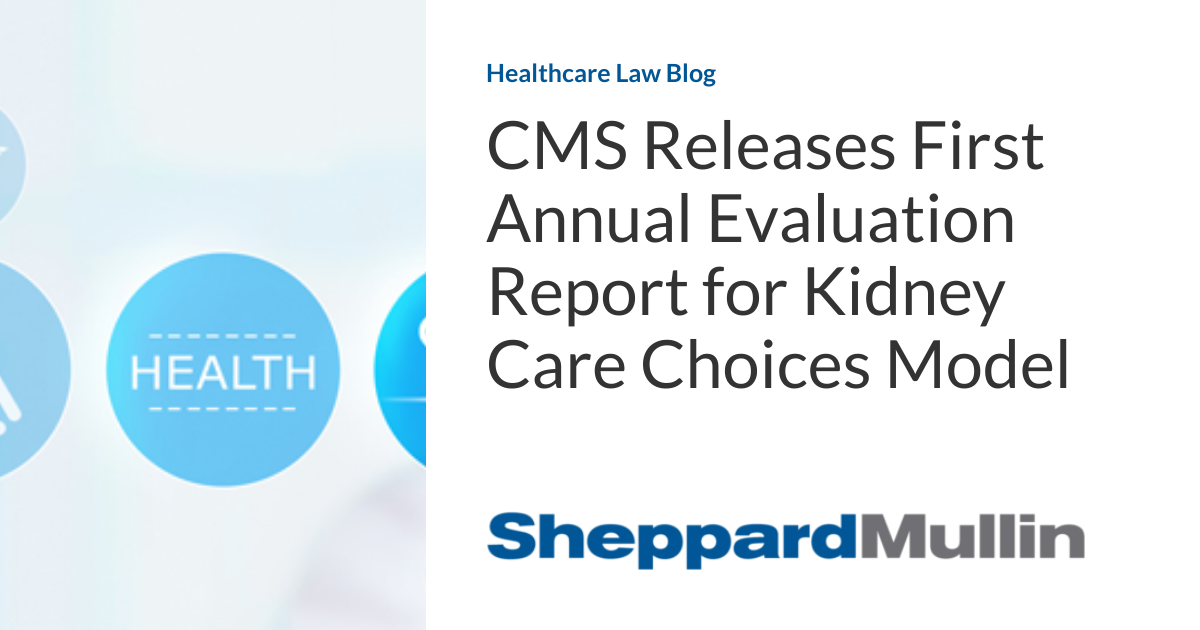by Tara Sklar
Because I believe strongly in the benefits of telehealth, I have obtained licenses in six states through the Interstate Medical Licensure Compact. Doing this took months, cost thousands of dollars, and still leaves me unable to care virtually for patients in 43 states. The process is so cumbersome that less than 1% of physicians use it.
This quote is from a January 2024 op-ed by Dr. Shannon MacDonald, a radiation oncologist at Mass General Brigham who uses telehealth to provide specialty care across state lines. Her frustration is felt by many providers and patients who view the patchwork of state-specific licensing requirements as a major obstacle hindering telehealth’s widespread integration into the health care ecosystem.
Dr. MacDonald’s experience highlights the cost and inefficiency physicians face when seeking to gain licensure via the Interstate Medical Licensure Compact (IMLC). The IMLC was established to streamline the process for physicians in good standing in one state to obtain a license in another state with fewer costs and at a reduced application processing period. The IMLC has been successfully enacted in 40 states, the District of Columbia and the territory of Guam.
However, the IMLC does not offer a telehealth licensure option for physicians who only want to deliver health care via telehealth in a state, and not necessarily meet with patients in-person in that state. During the COVID-19 Public Health Emergency, when state licensing requirements were temporarily not enforced, physicians established telehealth relationships with patients in other states, and they would like to continue these relationships.
Given the growing demand by both physicians and patients to provide and receive care irrespective of geographic location, there is a pressing need to offer a pathway that allows for interstate telehealth practice. The Interstate Medical Telemedicine Registration Compact (IMTRC), proposed by Harvard Law School in a consensus statement for telehealth licensure reforms, aims to achieve this by enabling licensed physicians in good standing in one state to register with a centralized, national compact to practice telehealth in all participating IMTRC states.
Like the IMLC and current state telehealth registration models, the IMTRC would include physician registration requirements as well as a governing body to oversee compliance. An important addition is the IMTRC would provide the necessary national, collaborative approach to facilitate information exchange between member states to ensure patient safety and quality of care for health care services provided across state lines through telehealth.
Lessons Learned in Telehealth Registration at the State Level
There is precedent for the IMTRC at the state level, with currently 13 states offering telehealth registrations to out-of-state physicians. States with a telehealth registration allow out-of-state physicians to deliver telehealth services to patients located in that state without pursuing a full medical license. Figure 1 shows the geographic spread of telehealth registrations across the country as of 2024.
Figure 1. Map of States with Telehealth Registration, 2024

Telehealth registration models at the state level share common characteristics that can be distilled into four requirements, including that physicians must:
- Not practice in-person care in the state in which they are applying for telehealth registration.
- Show proof of liability insurance.
- Maintain a current medical license in good standing in another state.
- Not be under current investigation or the subject of an administrative complaint.
However, there are key differences in requirements, depending on the state, such as costs, continuing medical education (CME), and other unique features that create compliance challenges for physicians attempting to deliver interstate telehealth (Table 1). The IMTRC registration process prioritizes uniformity, clarity, and harmonization across states to better leverage health care resources around the country and improve access to care. The variations below show the patchwork of current state requirements and why the IMTRC approach is a useful way forward.
Table 1. Key Differences in Telehealth Registration Models as of July 2024
The Path Forward to Interstate Telehealth
The IMTRC offers guiding principles for state licensure reforms that can build on the experiences in current state telehealth registration models to offer one set of requirements for the country. In particular, the IMTRC can:
- Reduce administrative burden and costs by requiring:
- Consistent and low registration and renewal fees, which currently range from $0 in Florida to $500 in Arizona.
- Standardize CME for care delivered via telehealth and include requirements to educate clinicians about telehealth. CME requirements that offer incentives for physicians to upskill in virtual care, such as those offered by the National Consortium of Telehealth Resource Centers, could additionally improve quality and safety in remote patient care.
- Improve clarity and uniformity:
- Avoid state-specific requirements that unduly limit access to care for telehealth services. Examples of these are noted in Table 1. They include Utah’s 10-year experience requirement, Vermont’s limit on physicians seeing more than 10 unique patients per 120 days, and Louisiana’s restriction on phone calls to out-of-state physicians from patients in the state.
- Augment patient access to care:
- Facilitate efforts to improve access to care and patient safety, such as Georgia’s emergency exception that allows for in-person care by an out-of-state physician with a telehealth license.
As demands for virtual care increase, so too do concerns around unnecessarily limiting access to health care when patients reside in states outside of those where their physicians are licensed. As Dr. MacDonald’s experience emphasizes, an alternative to a full license under the IMLC is needed for interstate telehealth practice. Individual states enacting telehealth registration provides an interim pathway, but also leads to yet another patchwork of state-specific requirements for physicians and patients to navigate. Implementing the IMTRC offers a clear path forward for out-of-state physicians to provide telehealth services across the country.
Tara Sklar, JD, MPH is the faculty director of the Health Law & Policy Program at the University of Arizona James E. Rogers College of Law and associate director with the Arizona Telemedicine Program at the University of Arizona College of Medicine-Tucson.
Related

















